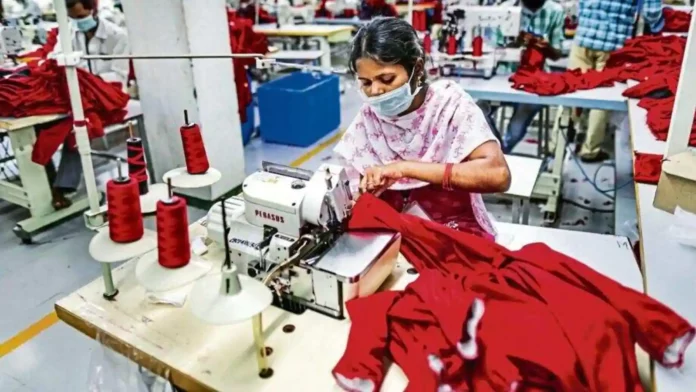The Indian fashion industry saw a 2% decrease in revenues in 2019–20, as income before interest, taxes, and amortization (Ebita) margins decreased from 3.4% to 6.8%. As the pandemic continued to operate its course, accomplishment inequalities were further evident than ever. For more than two years, therefore, supply-chain disturbances have established massive alternatives for India, and the industry is presently swerving toward development. But has India leveraged it? A crucial risk is the likely depletion of products and aids. It is due to overcrowded supply chains and boosted conveyance expenses.
The objective now for textile and apparel manufacturers is to rebuild operations—to be as prophetic, proactive, and responsive as feasible to build digital and analytics skills, enhance the ecosystem, secure business continuity, and underestimate the outbreak’s downside. The overdue episode of Mint Zetwerk Smart Manufacturing dialogue labelled ‘Shifting Gears of the Textile Industry through Digital Transformation, in partnership with Network delved into how digitalization is moulding the viewpoint of the textile and attire supply chain. Shall Gupta, business head of Mosaic Digital, an HT Media Group firm, moderated the session.
If India likes to become China plus One in the textile manufacturing space, the emphasis requires moving out from a price mindset. “Presently, we have a stable mindset ridden by the price. This is not going to assist us in scale. We are not severe about creating a robust supply chain. Presently, we are getting inquiries from foreign brands who wish to begin production units, but what’s currently needed is the right awareness,” announced Manish Daga who is the managing director of Cotton Guru.
The natural question in our thinking process and as part of our strategy is how we motivate our sellers or the industry to produce in India. Currently, as a part of Tata group, we are now focused on assuring that production happens here,” announced Raja Harbinder Singh who is the head of global sourcing, Westside, Trent Ltd.
But, for this to be profitable, manufacturers will have to invest in digitization. There are five planks of change—leadership, digital operations, pace of innovation, ecosystem, and platform. The first four pillars require reset to suit the Indian perspective, and relevancy to the times isn’t a course of choice anymore. It is a compulsion. Spykar has been fulfilling only fashion for 30 years, without a year of keeping missed our goals. And that wouldn’t occur if we don’t keep ourselves abreast with what is happening around us,” said Sanjay Vakharia, chief executive officer of Spykar.
Follow and connect with us on Facebook, LinkedIn & Twitter.

